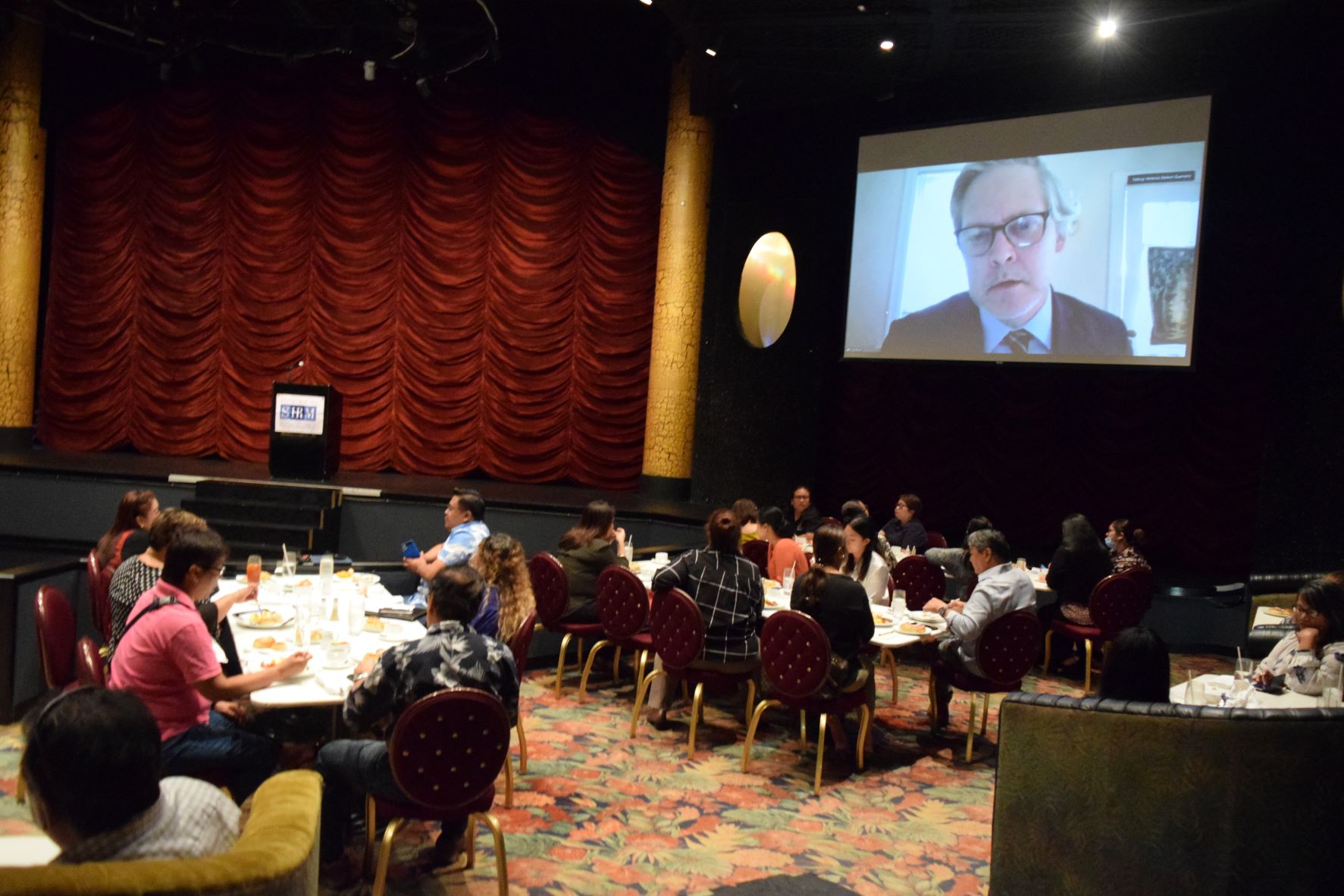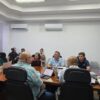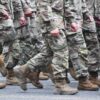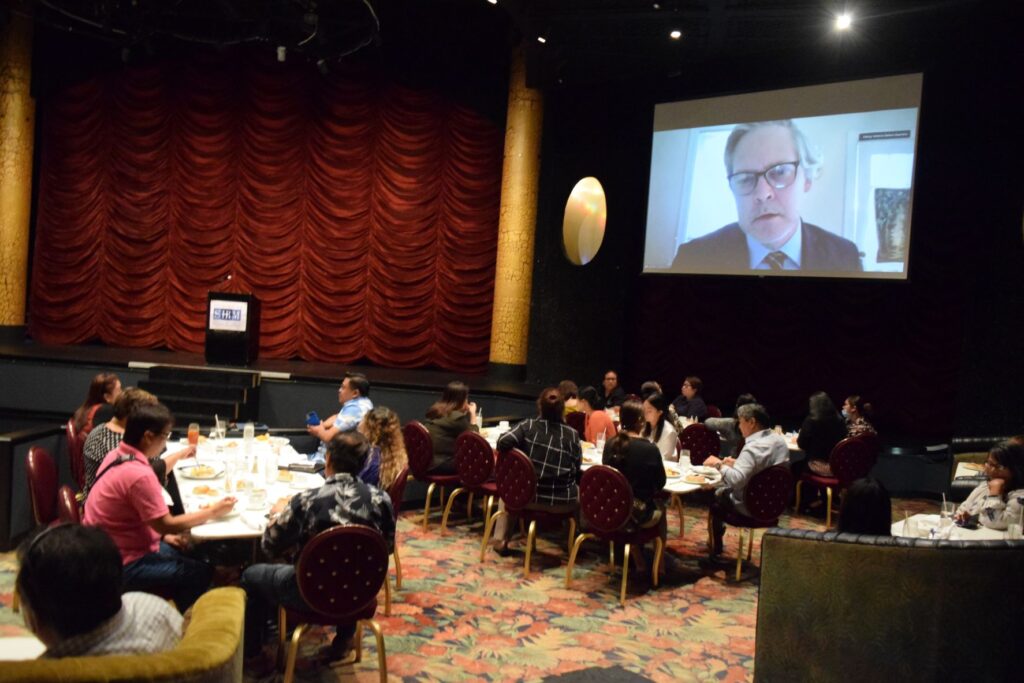THE local chapter of the Society for Human Resource Management on Thursday hosted a presentation by U.S. Citizenship and Immigration Services on the CNMI-Only Transitional Workers temporary departure or “touchback” rules.
During a PowerPoint presentation via videoconference, Mike Graham of USCIS also fielded questions from SHRM members in the Hyatt Regency Saipan’s Ballroom at 8 a.m.
U.S. Congressman Gregorio Kilili Camacho Sablan likewise participated via videoconference to answer questions from human resource officers of various companies in the CNMI.
According to Graham, “CW status for an alien who was admitted or otherwise granted status as a CW-1 during each fiscal year from 2015 through 2018 (Oct. 1, 2014 through Sept. 30, 2018) is valid for up to three years. These long-term workers are exempt from the departure requirement.”
Graham also provided the following information regarding the touchback rules:
• A beneficiary may not be granted CW-1 status beyond three consecutive petition validity periods unless the beneficiary has departed and remained outside of the United States for a continuous period of at least 30 days after the expiration of the third consecutive petition validity period and before the filing of any new petition on behalf of the beneficiary.
• This requirement does not apply to “CW-1 long-term workers” who were admitted to the CNMI, or otherwise granted status, as a CW-1 worker during fiscal year 2015 and during each of fiscal years 2016 through 2018.
Graham said, “Any alien approved on or after June 18, 2020, for a one-year CW-1 validity period beginning Oct. 1, 2020, will be eligible for two more consecutive petition validity periods after the first period of validity expires on Sept. 30, 2021.”
Graham said any extension of CW-1 status in the CNMI, if granted on or after June 18, 2020, will be considered a consecutive petition validity period.
He said if a worker on CW-1 permit had been approved through Sept. 30, 2022, a subsequent petition for consular processing must be requested and approved for a start date on or after Oct. 2, 2022 to be considered non-consecutive.
He said if the initial petition validity is from Oct. 1, 2020 to Sept. 30, 2021 then, the second petition validity is from Oct. 1, 2021 to Sept. 30, 2022, and the third petition validity is from Oct. 1, 2022 to Sept. 30, 2023.
The worker must depart for at least 30 days after Sept. 30, 2023 before a new CW-1 petition is filed, Graham said.
For more information about fees, forms and instructions, go to https://www.uscis.gov/i-129cw
According to the CNMI Department of Labor, as of September 2021, there was a 38% reduction in the number of job openings advertised for workers on CW-1 permits compared to 2020 — from 17,163 to 10,618.
Since then, the number has likely dropped further amid the global Covid-19 restrictions that have all but shut down the islands’ only industry, tourism.
The federal CW-1 program was extended by the Northern Mariana Islands U.S. Workforce Act of 2018 for 10 years or through Dec. 31, 2029.

Mike Graham of U.S. Citizenship and Immigration Services makes his presentation via video conference during a meeting of the Society for Human Resource Management- CNMI Chapter on Thursday in the Hyatt Regency Saipan Ballroom.











